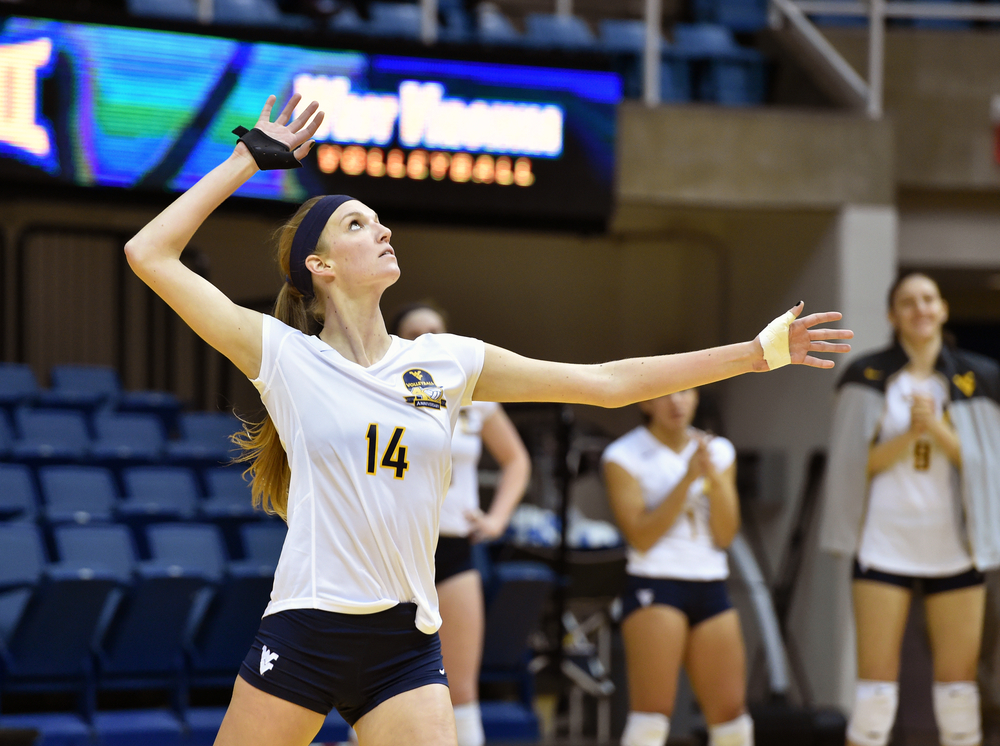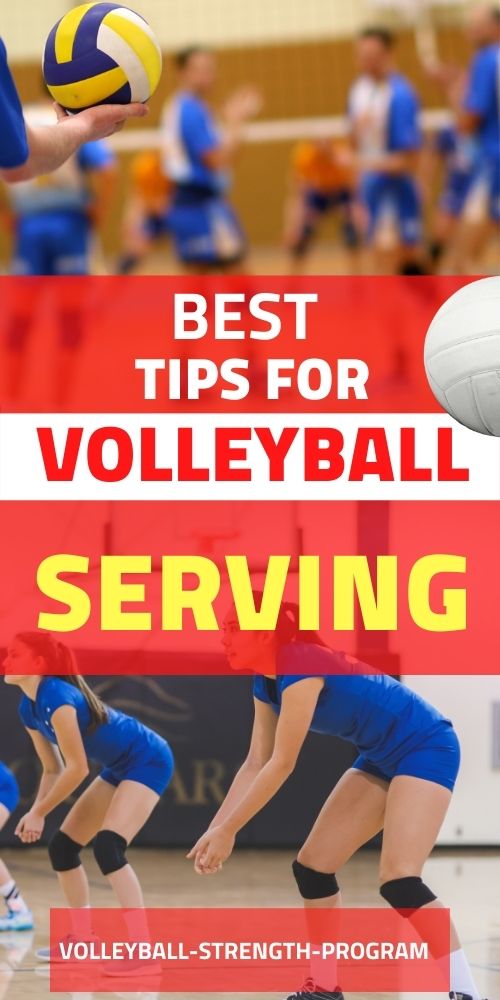Volleyball Serving Tips
Keys to Consistency and Accuracy
Volleyball serving involves two main types of serves... float serves and topspin serves. These can be done standing on the ground or with a jump up in the air (jump serve).
A volleyball can do 1 of 2 things....spin or float. If you hit the center of the ball resulting in no spin, the ball will float. The 2nd way you can hit the ball is by wrapping your hand over the top of it. This creates topspin.
When you serve topspin, you contact the back of the ball and wrap the hand over the ball. This might mean you have to hit the ball upward when you topspin serve to get the ball to go up and over the net. You don’t want backspin when you serve. Another technique is wrapping your hand around the side of the ball to create sidespin.
Standing Float - Volleyball Serving
Serving is a skill that every player should become good at because this is a skill you can practice all by yourself. The key to a good consistent float serve is the toss. And rather than thinking of tossing the ball in the air, think of laying the ball in the air.
Starting posture is important. You don’t want to start in a low position. The ball should be released near shoulder height. The ball should be laid only as high as it can be contacted. A common mistake is players toss the ball too high. For the float serve, you want to contact the ball right on the equator with a hard hand. If you roll the hand over the top, then you have topspin. We don’t want that. If the contact point is below the equator, then we have backspin. Imagine a ping pong paddle contacting a ping pong ball. It’s a quick sharp contact.
There’s a weight transfer from back foot to front foot. So, when you actually touch the ball, the weight is on the front foot. The toss should be in front of the striking shoulder. The toss allows the server to transfer weight forward. A common problem is the toss is off to the side and the server can’t hit straight to the target.
Focus on palm to target. Where ever you want the ball to go, this is where your palm should finish.
Jump Float - Volleyball Serving
Keys to the jump float...
1) Hold the ball in the opposite hand. Beginners might hold the ball in both hands.
2) Start in a loaded position (striking hand is positioned back, waiting and ready to come forward)
3) Keep the toss low and out in front.
4) Take a 3 or 4 step approach.
4) Ball comes down in front of the striking shoulder.
5) Contact the center of the ball. Finish palm to target.
6) Server lands in the court.
Two things to focus on when volleyball serving
There are two things to be concerned about when you serve. 1) How hard you hit the ball. 2) How low you hit the ball. Topspin can be easier to read because follows the same line. A floater moves and can be more difficult to anticipate.
Volleyball Serving Motto
Good toss, hit it hard. Bad toss, hit it in.
If you have a server that has no control, start by practicing serving from the middle of the court. As you improve your serves, work your way back to the endline.
Players should work on serving from different areas along the endline and work on hitting different spots on the court.
Serving is typically the skill that coaches demand the lowest performance. Have a team goal be 90% of serves go in bounds. Work to improve the aggressiveness while staying at 90% accuracy.
Another strategy is to focus on improving the speed of serves. If you can continuously serve a team fast serves, eventually the serve reception is going to breakdown.
A common problem is the servers technique and expectations just aren’t high enough.
Volleyball › Techniques › How to Serve a Volleyball
ACCESS MY STRENGTH SECRETS




